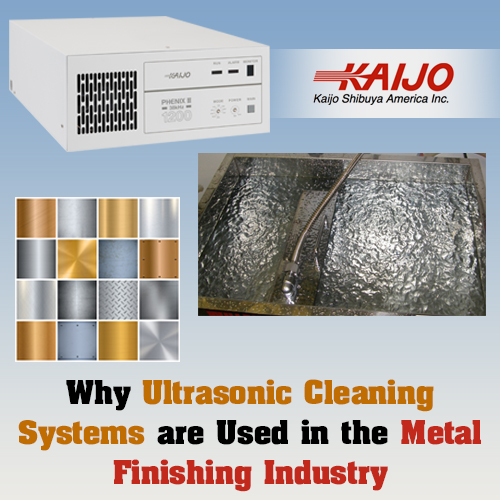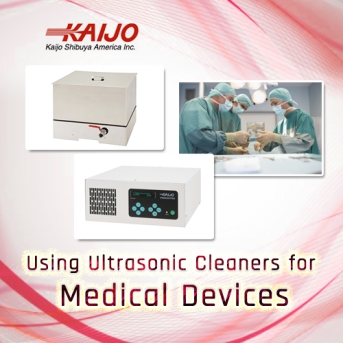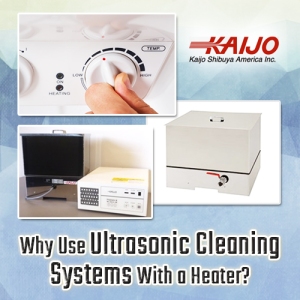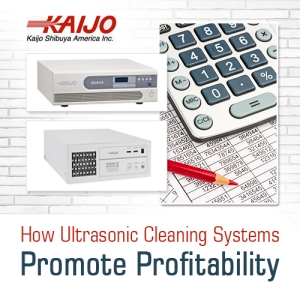 Metal finishing involves applying coatings or other kinds of treatments to metal parts surfaces. This is to change the metal part’s characteristics, harden the surfaces, or preventing corrosion. Ultrasonic cleaning systems are able to clean these metal surfaces quickly and completely.
Metal finishing involves applying coatings or other kinds of treatments to metal parts surfaces. This is to change the metal part’s characteristics, harden the surfaces, or preventing corrosion. Ultrasonic cleaning systems are able to clean these metal surfaces quickly and completely.
These metal finishes include electroplating, which uses an electrode in applying a thin metal film to metal parts; plating using a chemical process; and plating which involves pressing a foil of metal onto part surfaces at high temperature and pressure.
For these metal finishing processes to be successful, the underlying metal surfaces have to be completely clean. Otherwise, the coatings may not adhere properly if the contaminants (such as grease or oil) remain on the metal surface.
Clean and contamination free surfaces allow for the proper adhesion of metal coatings, that’s why metal parts must be cleaned completely for the coatings and claddings to adhere. Ultrasonic cleaning systems effectively clean metal surfaces quickly and thoroughly.
In ultrasonic cleaning process metal parts to be coated are immersed in a bath of pure water (or water mixed with a mild detergent). A high-powered ultrasonic generator transmits an electrical signal to an ultrasonic transducer that is placed in the bath and produces ultrasonic waves in the liquid at a selected frequency. The sound waves generate tiny cavitation bubbles that produce a strong scrubbing and cleaning action against the metal surfaces in the bath, dislodging particles and removing contaminants.
Other cleaning methods that use chemicals or mechanical cleaning are often used in metal applications. However, the use of ultrasonic cleaning systems and equipment is faster and does not require the use of harsh cleaning chemicals or intense mechanical scrubbing. Since ultrasonic cleaning requires no chemicals costs are reduced and it is more environmentally friendly.
Read our complete article, “Why Ultrasonic Cleaning Systems Are Used in the Metal Finishing Industry” to learn more. If you have questions or would like to set up a consultation, contact Kaijo Shibuya at info@kaijo-shibuya.com or call 408-675-5575.










Recent Comments